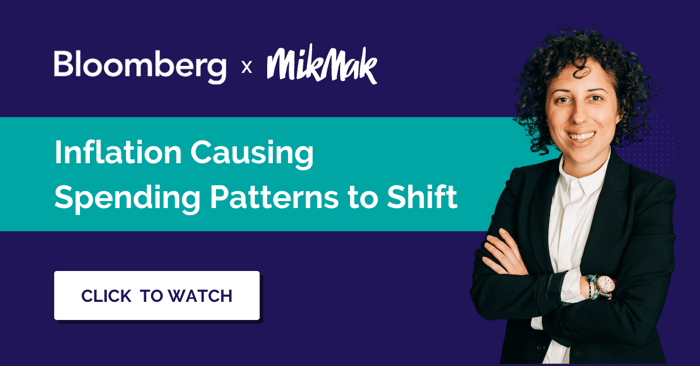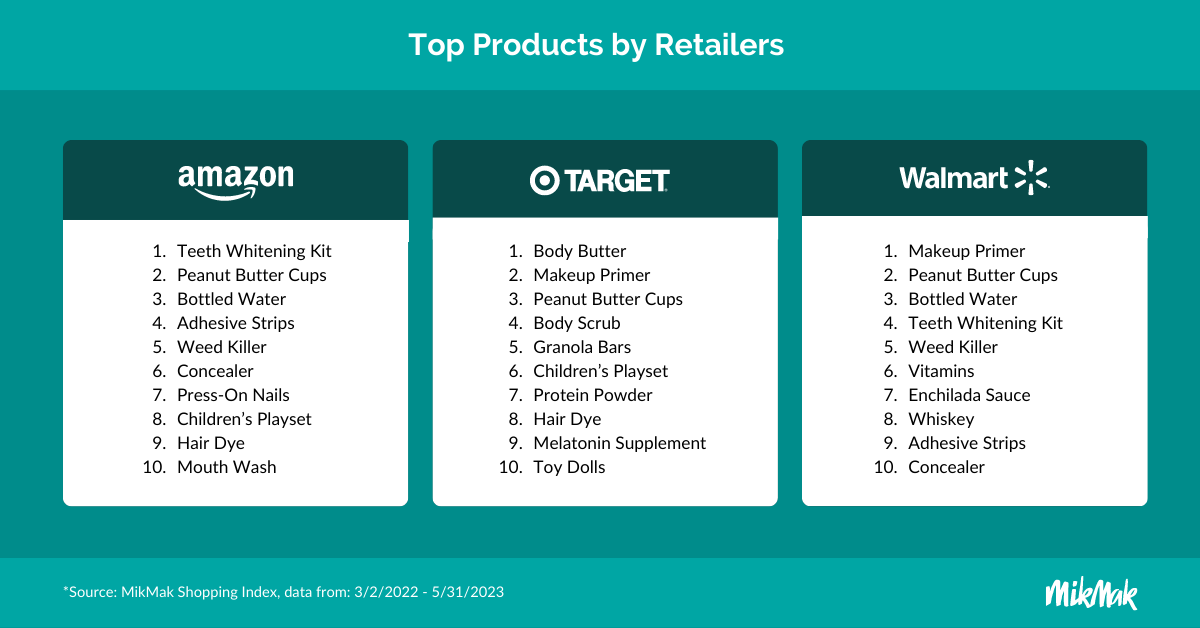
Inflation Rates and Consumer Spending
The report highlighted that the inflation rate decreased in May, reaching its lowest annual rate in over two years. With the consumer-price index rising by 4 percent from a year earlier, it marked a cooldown from the 4.9 percent increase observed in April. However, the core CPI, excluding volatile food and energy categories, remained relatively high at 5.3 percent. This development eased the pressure on the Federal Reserve to raise interest rates, as evidenced by market expectations of a rate hike decreasing significantly following the report's release.

Impact on Online Shopping
The rising inflation and interest rates have had an impact on consumer spending patterns, particularly in the eCommerce sector. At MikMak, we observed an overall decline in year-over-year conversion rates in online shopping, aligning with the inflationary environment. The analysis also indicated that consumers were primarily spending on essential items rather than discretionary goods.
Essential Items in Focus
An analysis of basket-level sales data from the MikMak Shopping Index reveals the items that are currently in high demand among American consumers. The top-selling products at major retailers like Amazon, Target, and Walmart reflect the emphasis on essential items. Examples of frequently purchased items include bottled water, granola bars, hair dye, press-on nails, teeth whitening kits, and weed killer.

While luxury spending has declined overall, the beauty category continues to see significant eCommerce activity. Amazon, in particular, has emerged as a dominant retailer in the beauty segment, with 100 million unique beauty shoppers per month and 12 percent market share in the prestige beauty market. The grocery category has also performed well, with Walmart driving the most in-market traffic, followed by Target and Amazon. Grocery eCommerce is projected to become a $243 billion market in the U.S. by 2025.
Adapting to the Changing Landscape
As consumer spending patterns continue to shift towards essential items, retailers and brands are strategizing to stay relevant. Retailers are leveraging retail media and focusing on omnichannel approaches to attract and retain customers. On the other hand, brands are exploring methods to gain market share, including product innovation, acquisitions, and building stronger relationships with retail partners.
One significant challenge in this changing market is the rising cost of doing business for both retailers and brands. Margins are being squeezed due to various factors such as the increasing costs of goods sold and maintaining a physical presence, as well as the complexity of the brand-retailer relationship.
The Road Ahead
In this evolving landscape, big brands are likely to have an advantage over smaller ones, while retailers offering omnichannel opportunities and transparency in retail media are poised to succeed. Additionally, the strengthening of the labor market and stable or decreasing interest rates could pave the way for a moderate holiday season. Events like Amazon Prime Day often serve as indicators of the upcoming holiday shopping. Make sure you’re subscribed to MikMak’s Brand x eComm Insights newsletter to stay up-to-date on the latest.

